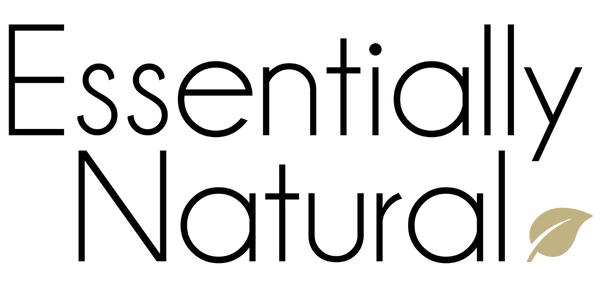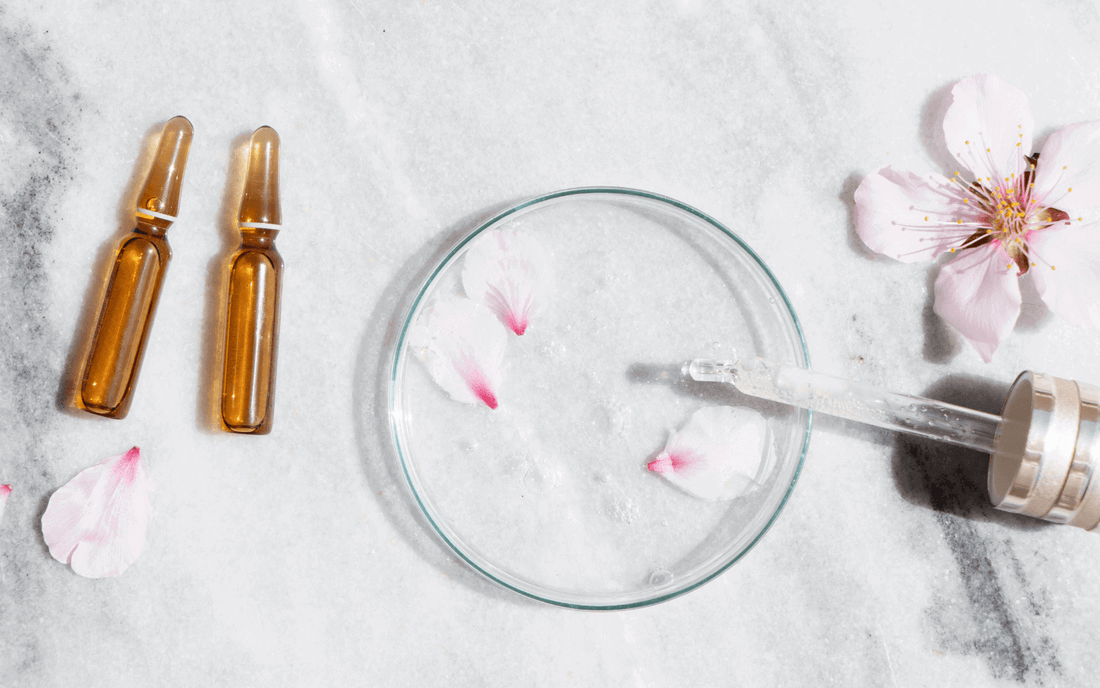Retinol Alternatives For Beginners
2024 is all about hard working, highly effective skincare actives, and retinol is undeniably the king of antiaging skincare actives. However in our 2024 Cosmetic Trends Report, we predicted that retinol alternatives would come to the fore, specifically bakuchiol and azelaic acid.
Retinol can be quite harsh and even drying on the skin, and it is also highly photosensitive, so it is usually only prescribed by a qualified professional, although you can get a variety of other forms of retinol in skincare products on the shelves.
We stock a gentle form of retinol called retinyl palmitate, which is easily incorporated into oil serums, moisturisers or even used neat for those whose skins can tolerate it.
You can read all about it here.
However there are a number of other alternatives to retinol that also work extremely well which you may want to check out. If you are a beginner at retinol or want to change to something less harsh on your skin, then these are some easy introductions:
Bakuchiol is an ultra-natural plant-based alternative to retinol, and it started gaining popularity last year - which is why it is predicted to really trend this year. It is the best direct substitute for retinol and has clinical data that supports it as a competitor to retinol. We highly recommend it as a retinol substitute, or used in conjunction with retinyl palmitate and/or other retinol alternatives.
I have been applying it neat on my skin and really enjoying it! It has no scent of its own and is deeply moisturising. Better still, it doesn’t have any harshness like retinol and you can even use it during the day as it doesn’t have any photosensitivity, although please always apply sunscreen regardless.
You can read more about how to work with bakuchiol here.
Azelaic acid is another potential alternative to retinol, and is particularly advised if the user is pregnant as azelaic acid is pregnancy safe while retinol is not. It also does not cause photosensitivity.
Azelaic acid can help treat problem skin such as acne, rosacea, uneven skin tone and hyperpigmentation. If any of these are of concern, you can definitely consider azelaic acid as an effective treatment.
Sea buckthorn berry oil can also be used as a safe, natural alternative to retinol. It is super nourishing and contains vitamin E, pro-vitamin A, lycopene, and Omega 3, 6, 7 and 9, making it an extremely rich skin oil that can tackle the signs of aging.
Read more about sea buckthorn berry oil here.
So now that we know of some good options, let's see how you can actually use them.
How To Use Bakuchiol For Beginners
If you want a direct natural substitute for retinol, then your best choice would be bakuchiol.There are a couple of ways you can use it.
1) You can apply bakuchiol oil neat to clean skin and massage it in. You can apply during the day or at night, or both. I like to use it as a night serum, so I apply it at night over my moisturiser.
2) If you don't want to apply bakuchiol neat on your skin, you can mix it into your existing moisturiser or serum. Place your usual amount of moisturiser that you use in your palm, then add a few drops of bakuchiol oil (I use 3 drops), rub your palms together to mix, and then apply to your skin as normal.
3) The last way to use bakuchiol is to incorporate it into a formula if you make your own skincare. As it is an oil, you can easily add it to an oil serum, or if you would like to make a moisturiser with it, add it to the cool down phase of your formula.
For best results, use bakuchiol consistently for at least 3 months.
A little really goes a long way with bakuchiol, so it is a highly cost effective skin care product that can give great results. It is definitely going to feature consistently in my personal skincare routine.
How To Use Sea Buckthorn Berry Oil For Beginners
Sea buckthorn berry oil is a fabulous choice if your skin needs some deep nourishing or if you have mature skin. It is one of the most nutrient rich oils out there and can help reduce the signs of aging over time by improving your skin's ability to regenerate, stimulating collagen synthesis and improving skin hydration.
Sea buckthorn oil does have an intense yellowy-orange hue so just be aware of this when applying neat.
I like to use it combined with an oil serum or a moisturiser:
1) You can apply it neat, or dilute it with another carrier oil. In the palm of your hand, mix 1 drop of sea buckthorn berry oil with 3-5 drops of any other carrier oil, then massage into clean skin. This can also be layered under or on top of a moisturiser as a night oil.
2) Add 2 drops of sea buckthorn berry oil to your day and/or night moisturiser in the palm of your hand, mix and then apply as normal.
3) You can also formulate with sea buckthron berry oil. Like bakuchiol above, it is best used in either oil serums or moisturisers. If you are making a moisturiser, add the sea buckthorn berry oil to the cool down phase of the formulation.
How To Use Azelaic Acid For Beginners
Azelaic acid is an excellent choice if you have any of these skin issues: rosacea, pigmentation, uneven skin tone or acne. It is particularly effective at treating rosacea and acne.
Azelaic acid is the most tricky out of the three to use, because it is in powder form and not an oil that you can just blend straight into a product or apply neat to the skin. But it isn't too hard - here is a simple formula for making an azelaic acid solution.
Azelaic Acid 10% Solution
To use azelaic acid, you need to first make up a solution of it by dissolving it in propanediol (it doesn’t dissolve in oil and is poorly dissolved in water). 10% is a good strength for most people so that's what we will be working with.
To make a 10% azelaic acid solution, dissolve 10g azelaic acid in 90g propanediol by stirring, gently heating it if required. The heat will aid the acid powder to dissolve into the propanediol. Store it in a pipette bottle.
Once you have made up your azelaic acid solution, you can then use it neat on your skin under a moisturiser, or mix it with a moisturiser or toner and apply that way.
You can also use the solution to formulate with. Toners, serums and moisturisers containing azelaic acid are most popular.
Caution
Like any acid, please exercise caution when using azelaic acid. Do a patch test before use, and do not use on broken skin. It can sting, but if it causes irritation please rinse off or apply less product and/or dilute it into a toner or moisturiser. If irritation persists discontinue use.
Can You Mix Retinol Alternatives Together?
Yes you can! If fact they may be more effective when combined.
You can mix bakuchiol and sea buckthorn berry oil together, and you can also mix either of these oils with retinol or retinyl palmitate.
Azelaic acid is also safely mixed with retinol or the alternatives mentioned such as bakuchiol or sea buckthorn berry oil.
As you have seen, there are some wonderful alternatives to retinol - that still provide great results, just without the harshness. Give them a try and let us know what you think.
About the author:
Juliette van der Meer
BSc, BScH, Adv Dip Cosmetic Science
Cosmetic scientist


